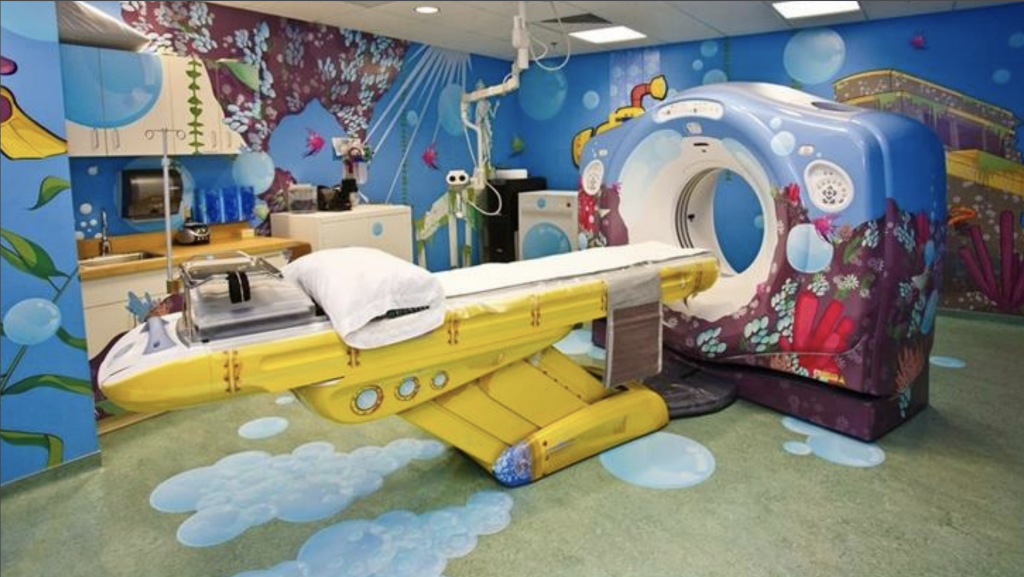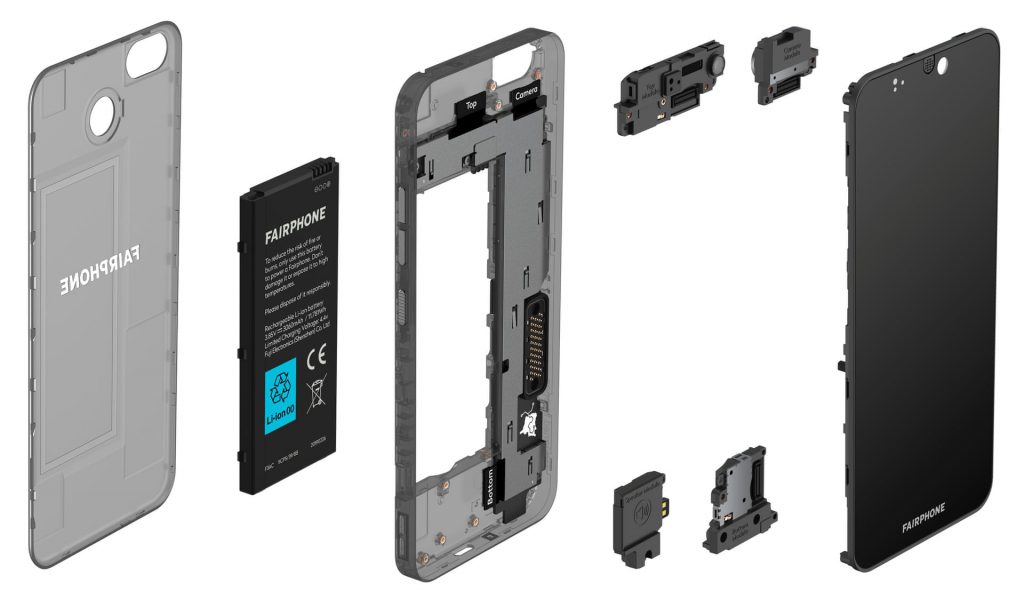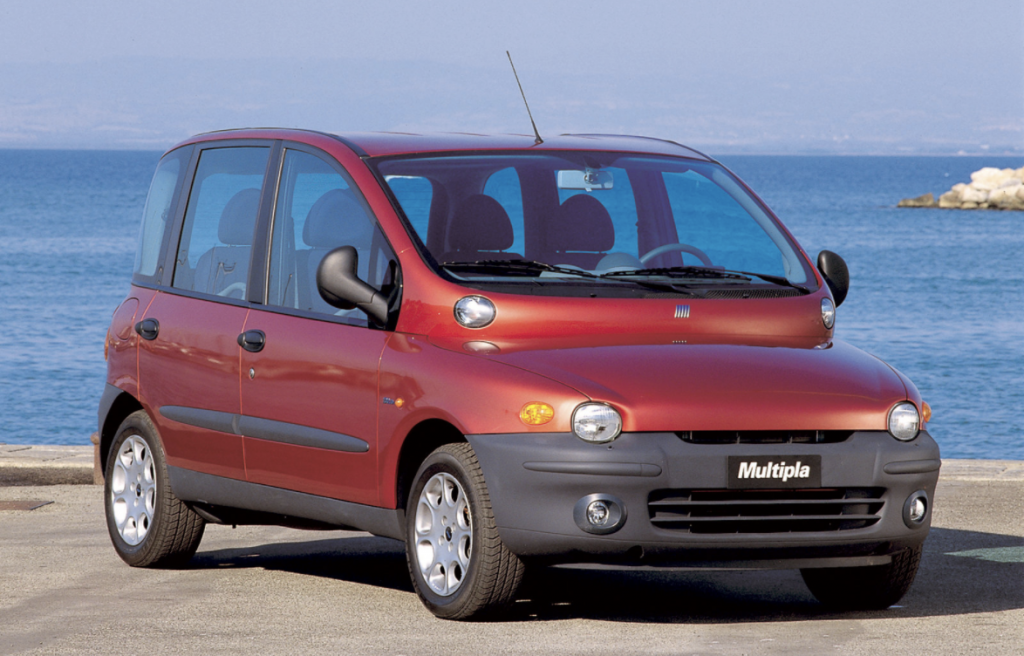Despite the fact that Zero Trust has been around for a decade, there are still misconceptions about it in the marketplace.
Excerpt from: Zero Trust Part 1: Demystifying the Concept
Zero Trust is not one product or solution. Better to think of it as an approach, says Goerlich.
“Zero Trust is trusting someone to access something from somewhere,” he says. “Is it an employee, an application, a device? What is it accessing? What was can we determine if we trust this request? At the end of the day, Zero Trust means providing a consistent set of controls and policies for strong authentication and contextual access.”
The term was coined by Forrester Research in 2010. It was established as an information security concept based on the principle of “never trust, always verify.” Since then, the National Institutes of Standards and Technology (NIST) has produced comprehensive explanations and guidelines toward the implementation of Zero Trust architecture framework.
“NIST has a draft standard that dictates their view of Zero Trust — what the principles are, and what an architecture looks like,” Goerlich says. “The U.K. NCSC has done the same. Zero Trust has matured, and the need for it is now in sharp relief due to changes in the market and the way we use technology.”
Read the full article: https://www.csoonline.com/article/3537189/zero-trust-part-1-demystifying-the-concept.html
Wolf’s Additional Thoughts
I am leading a series of Zero Trust workshops this year. One concept I always stress: we’re applying existing technology to a new architecture. If you think back to Role Based Access Control (RBAC) was first being standardized, we used off-the-shelf x.509 directories and existing Unix/Windows groups to do it.
Now of course, better products offer better solutions. But the point remains. The application of existing standards to realize the principles of Zero Trust brings the concept beyond hype and into reality. Moreover, it makes it much easier to have confidence in Zero Trust. There’s no rip-and-replace. There’s no proprietary protocol layer. We’re simply taking authentication and access management to the next logical level.
Want to know more? Watch my calendar or subscribe to my newsletter to join an upcoming workshop.
This post is an excerpt from a press article. To see other media mentions and press coverage, click to view the Media page or the News category. Do you want to interview Wolf for a similar article? Contact Wolf through his media request form.


